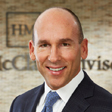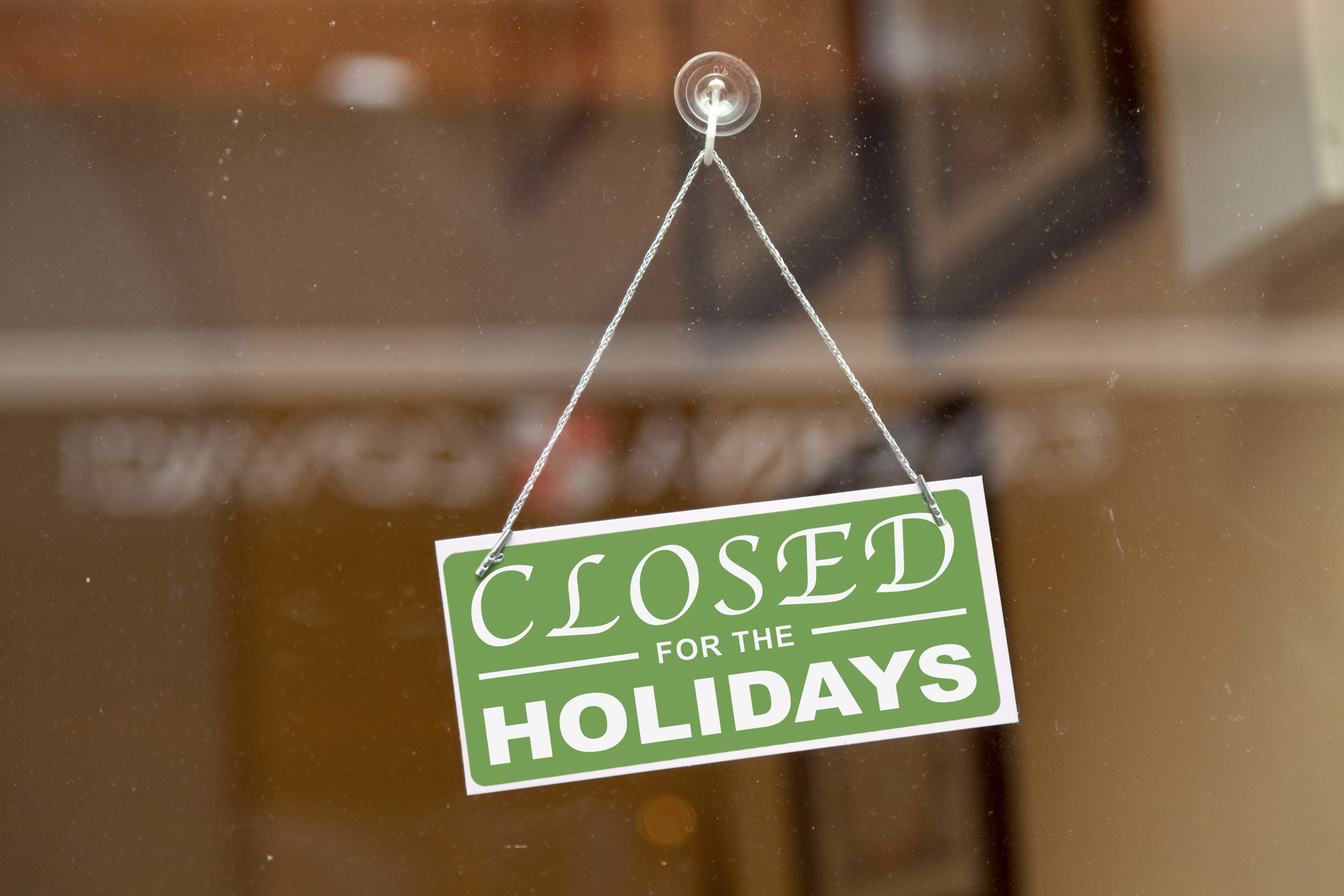Baby Boomers are Rewriting Retirement History
Can you a remember a time when retirement didn’t exist? It wasn't that long ago. And we might be heading that way again, because today's "retirees" have a lot they still want to accomplish.


If I say the word “retirement,” what comes to mind? Sunsets? Golfing? Cruises?
Most of the people I work with don’t want anything to do with a retirement that has them sailing toward a sunset of irrelevance. The people I speak with want a retirement packed with meaning, new careers and new experiences.
Hundreds of years ago, most people didn’t grow old, so there was no need to retire. People worked to survive, until physically or mentally they could no longer perform their tasks.

Sign up for Kiplinger’s Free E-Newsletters
Profit and prosper with the best of expert advice on investing, taxes, retirement, personal finance and more - straight to your e-mail.
Profit and prosper with the best of expert advice - straight to your e-mail.
As centuries passed, life expectancies began to increase, but caring for the elderly was still not a problem. That’s because as recently as the mid-18th century, people rarely died from old age; they often died from infections that are easily cured today. And if someone was fortunate enough to age and no longer work in one field, they’d opt for a less labor-intense job.
A medical advance changed everything
It was the discovery of penicillin in 1928, and markedly increased lifespans, which led to the concept of the modern retirement that we’re familiar with today. People began living longer and naturally working longer — resulting in a glut of workers that eventually led to unemployment and stagnation, a big problem for the first time.
At the height of the Great Depression, it became apparent that the way to increase efficiency and lower unemployment was to encourage older workers to retire. However, many older workers were not willing (or in many cases, able) to quit. It just wasn’t in their DNA. Life had always been about work, and now they were being asked to stop. In response, President Franklin D. Roosevelt proposed the Social Security Act of 1935.
Suddenly, you could retire and still have income.
But this gave rise to a new problem: Americans had “nothing” to do. What were retirees to do with all that extra time?
Fast forward to 2016, where the median retirement age is 62, yet the typical life span is almost double what it was only a century ago — now up to 79 for women.
When Social Security was introduced, the average life expectancy was only 61 years, so most people who made it to retirement were only retired for a very short time. Today, a healthy 65-year-old man has a 25% chance of living to be 89 (90, for a woman). If you retire at 65, you might have a 24-year (or more) retirement.
Baby Boomers lead the way
In spite of all those commercials depicting serene retired couples, most of us really don’t want to golf or watch TV for the next 24 years. Increasingly, people want meaningful connections and a reason to get out of bed each and every day.
It’s no wonder the Baby Boomer generation is rewriting the definition of retirement by continuing to work. According to Transamerica Center for Retirement Studies, roughly 3 out of 5 Baby Boomers plan on continuing employment past the traditional retirement age of 65.
That’s news to much of the financial services industry, which still runs on a marketing-driven message that retirement is all about the accumulation of assets followed by a stroll across a finish line into Pleasantville.
I tried to retire, but changed my mind.
I came pretty close to retirement after a business transaction and quickly discovered it wasn’t for me. I decided to put my focus back into work and began advising clients that quitting work was just one option, and not a requirement.
Similar to the 1930s, there’s a lot of anxiety about retirement, and it’s not based solely on fiscal concerns. Even for those who have saved well and don’t financially need to work, there’s a lot of angst about what they are going to do with their lives if they stop working.
One of the most satisfying aspects of my career is seeing the passion that older Americans are bringing to the retirement-transition process. Money is just a part of the equation. Volunteerism, nonprofits, returning to school, starting a new business, these are the goals of many of the Baby Boomers I work with.
Though it appears we’re shifting back to a time of people working as long physically and mentally as possible, modern retirement is about reinvention, and for me, it’s an exciting change in the American cultural landscape.
Get Kiplinger Today newsletter — free
Profit and prosper with the best of Kiplinger's advice on investing, taxes, retirement, personal finance and much more. Delivered daily. Enter your email in the box and click Sign Me Up.

Scott Hanson, CFP, answers your questions on a variety of topics and also co-hosts a weekly call-in radio program. Visit HansonMcClain.com to ask a question or to hear his show. Follow him on Twitter at @scotthansoncfp.
-
 Customer Services are Strained at the SSA, You Should Plan Around These Federal Holidays
Customer Services are Strained at the SSA, You Should Plan Around These Federal HolidaysIf you have a question or need information from a federal agency, check the federal holiday schedule to make sure you get your business done before they close.
By Donna LeValley
-
 Stock Market Today: No 'Powell Put'? No Problem
Stock Market Today: No 'Powell Put'? No ProblemInvestors, traders and speculators look beyond both another Trump post and more signs of slowing economic activity.
By David Dittman
-
 First 100 Days: Trump's Impact on Your Finances
First 100 Days: Trump's Impact on Your FinancesHere are some opportunities to consider regarding investing, interest rates and tax cuts as the financial landscape shifts under the new administration.
By Daniel Razvi, Esquire
-
 What Would Happen if You Put Your Tax Refund in an IRA?
What Would Happen if You Put Your Tax Refund in an IRA?Not only could you get a tax break, but the compounding effect over 35 years could turn the average refund into nearly $14,000.
By Romi Savova
-
 Children Can't Afford to Fly the Nest? Here's How to Help
Children Can't Afford to Fly the Nest? Here's How to HelpThe high cost of living means more adult children are staying at home. Here are four ways to help financially so they can eventually spread their wings.
By Kelli Kiemle, AIF®
-
 A QLAC Does So Much More Than Simply Defer Taxes
A QLAC Does So Much More Than Simply Defer TaxesHere are the multiple ways you can use a QLAC, from managing retirement risks to creating income for specific retirement needs and wants.
By Jerry Golden, Investment Adviser Representative
-
 Self-Directed Brokerage Accounts: Retirement's Hidden Gem?
Self-Directed Brokerage Accounts: Retirement's Hidden Gem?SDBAs are often overlooked, but they can offer more flexibility and growth potential inside your 401(k) when actively managed by a professional.
By Scott M. Dougan, RFC, Investment Adviser
-
 Early-Stage Startup Deals: How Does a SAFE Work?
Early-Stage Startup Deals: How Does a SAFE Work?Investing in an early-stage startup can get complicated fast, so the venture capital industry turns to other investing options. One is a SAFE.
By Murat Abdrakhmanov
-
 Should You Hire a Public Adjuster for Your Insurance Claim?
Should You Hire a Public Adjuster for Your Insurance Claim?As natural disasters strike more often, insurance clients are asking, 'What should I do, or who should I hire, if my insurance company is jerking me around?'
By H. Dennis Beaver, Esq.
-
 Tips to Help Entrepreneurs Create Self-Sustaining Businesses
Tips to Help Entrepreneurs Create Self-Sustaining BusinessesWith the right processes and people in place, a truly sustainable business can be efficiently passed on to a successor and run profitably on its own.
By Jason L Smith, CEP®, BPC